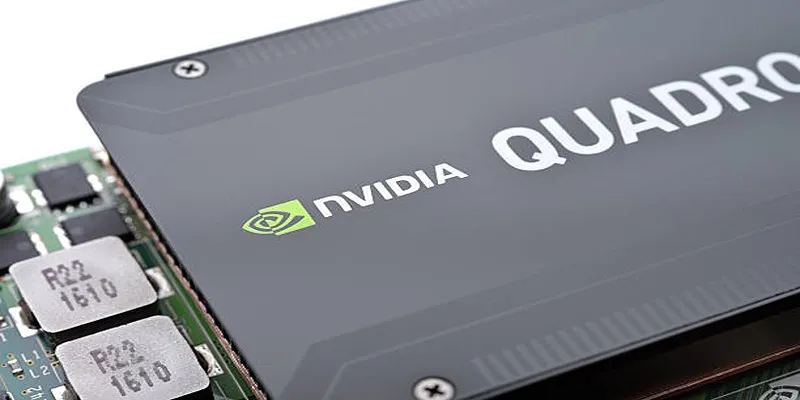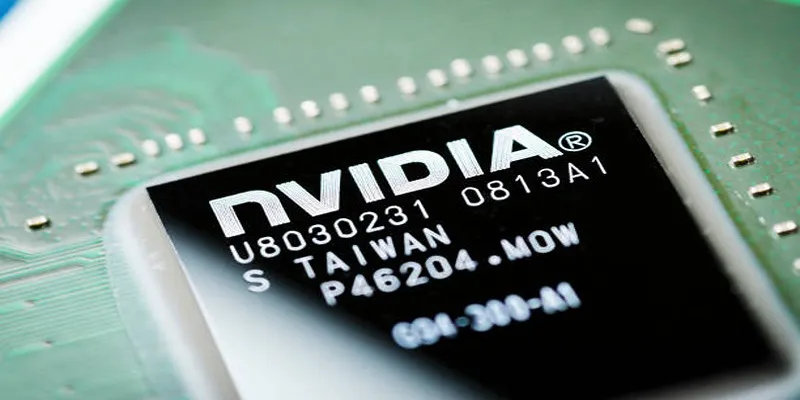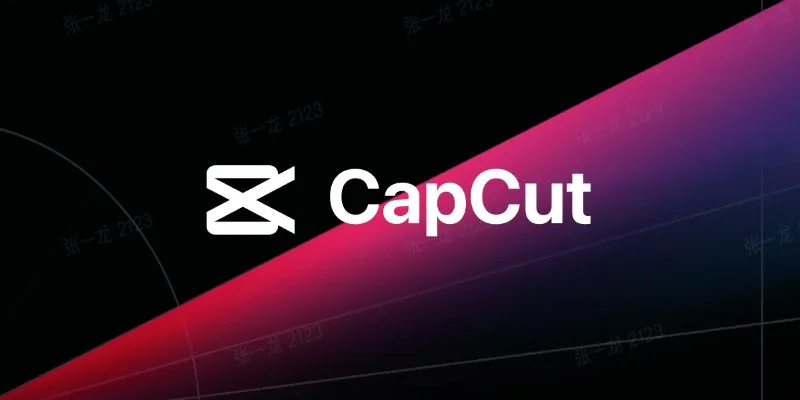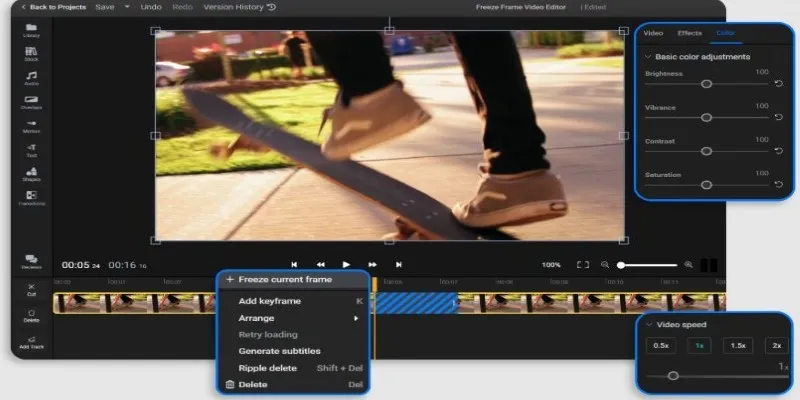Boost Your System's Speed 6X with NVIDIA® CUDA™ Technology
Looking to explore cutting-edge advancements in high-performance computing, graphics, or machine learning? Meet NVIDIA’s CUDA™ (Compute Unified Device Architecture)—the technology driving computing speeds up to 6X faster. But what is CUDA, and how does it work? This guide breaks down its architecture and role in accelerating demanding workloads. Perfect for developers, data scientists, or anyone diving into GPU-powered computing, this is your go-to resource.
What Is NVIDIA CUDA Technology?

At its core, CUDA™ is a parallel computing platform and programming model developed by NVIDIA. It allows developers to harness the incredible computing power of NVIDIA GPUs (graphic processing units) for general-purpose processing tasks beyond standard graphics rendering.
Unlike traditional central processing units (CPUs), which are optimized for sequential computing, GPUs excel at parallel processing. CUDA taps into this strength by allowing developers to offload large, compute-intensive tasks to the GPU, resulting in significantly faster processing times.
For example, by employing thousands of processing cores in parallel, CUDA can be used to speed up all kinds of scientific simulations and deep learning model training, as well as video rendering.
Why Parallel Computing is a Game-Changer
Traditional CPUs typically have around 4-32 cores. While they excel at completing a few processes simultaneously, this becomes inefficient with tasks requiring massive data sets and repetitive calculations.
On the other hand, modern GPUs feature thousands of smaller, more efficient cores designed to handle multiple tasks in parallel. CUDA optimizes these cores to achieve task completion in a fraction of the time it would take using a CPU alone.
Consider a simple analogy: Processing a collection of photos for filtering using a CPU would be akin to editing them one by one in a linear sequence. CUDA-enabled GPUs process hundreds of them simultaneously, applying filters across the batch instantly.
3 Key Features That Make CUDA 6X Faster
NVIDIA CUDA technology’s performance boost is no accident. It’s engineered through a combination of highly optimized features and cutting-edge hardware design.
1. Massive Scalability Through GPU Cores
CUDA taps into NVIDIA GPUs with thousands of cores, allowing workloads to be split and processed concurrently. Tasks that are computationally heavy, like calculating millions of data points in a machine learning model, run exponentially faster because they don’t happen sequentially.
Real-World Example:
When training complex neural networks for AI applications, such as autonomous vehicles, CUDA GPUs reduce training time from days to hours.
2. Optimized Memory Hierarchy and Bandwidth
CUDA-enabled GPUs avoid data bottlenecks using shared memory structures and high bandwidth. These optimizations ensure that data flows efficiently between the GPU cores, reducing latencies.
Real-World Example:
Video editing software often leverages CUDA to process raw footage using GPU memory at lightning speed, enabling real-time effects and rendering.
3. Customizable APIs for Multi-Device Programming
CUDA offers an extensive API and library set, empowering developers to write highly optimized algorithms tailored to their workloads. Developers can program threads in ways that maximize productivity, whether working on physics simulations or financial market predictions.
Real-World Example:
CUDA is widely used in CFD (Computational Fluid Dynamics) simulations for designing cars, planes, and rockets, delivering aerodynamic insights faster than traditional methods.
Real-World Applications of CUDA for Speed
CUDA’s ability to deliver 6X faster computing is transforming industries globally. Here’s how different domains are reaping the benefits of NVIDIA CUDA technology.
1. Artificial Intelligence and Machine Learning
AI researchers rely on CUDA to accelerate the training of deep learning frameworks like TensorFlow, PyTorch, and Keras. CUDA’s parallel processing enables rapid matrix computations, which are a backbone of neural network operations.
Use Case:
OpenAI used CUDA-enabled GPUs to train its GPT models (such as ChatGPT). What would normally take weeks or months on a CPU was compressed to days, allowing quicker experimentation cycles and iterations.
2. Healthcare and Genomics
The healthcare industry uses CUDA-powered GPUs for medical imaging, drug discovery, and DNA sequencing. For example, genomics applications that require the analysis of billions of base pairs can complete within hours, thanks to CUDA.
Use Case:
NVIDIA Clara, a healthcare application framework, utilizes CUDA for ultra-fast image processing in CT scans and MRIs.
3. High-Performance Scientific Simulations
Researchers in physics, chemistry, and astronomy leverage CUDA for running simulations that would otherwise demand supercomputing resources. CUDA makes it possible to model complex systems on standard GPU clusters.
Use Case:
Weather prediction models powered by CUDA accelerate how meteorological agencies track storms and study climate changes.
4. Gaming and Real-Time Graphics
Gamers might not realize it, but CUDA lies behind the stunning graphics and seamless experiences in today’s AAA video games. It enables developers to use GPU acceleration for real-time rendering, ray tracing, and shader effects.
Use Case:
Ray tracing, a graphics rendering technique made popular by NVIDIA, relies immensely on CUDA technology to simulate realistic lighting effects.
5. Finance and Trading
CUDA powers financial technology by accelerating trade simulations, risk analysis, and data mining in stock markets. Quants and hedge funds rely heavily on these fast solutions to gain real-time insights.
Use Case:
Predictive market models that used to run overnight can now provide real-time scenario analysis and trade optimization.
How to Get Started with NVIDIA CUDA

Getting started with CUDA is easier than you think. Here’s an overview of what you’ll need to harness its power for your applications:
1. Access a CUDA-Compatible GPU
You’ll need an NVIDIA GPU that supports CUDA. Most consumer and professional-grade GPUs from NVIDIA include CUDA support.
Recommended GPUs include:
- Consumer GPUs (e.g., GeForce RTX series)
- Pro GPUs (e.g., NVIDIA Quadro series)
2. Download the CUDA Toolkit
NVIDIA provides a free CUDA Toolkit, complete with the necessary libraries, tools, and sample code to start building high-performance applications.
3. Learn the Basics
NVIDIA offers extensive resources, including documentation, tutorials, and developer forums to help you get started. Most starter guides use languages like C++ or Python.
4. Start Small, Scale Gradually
Begin with small parallelizable tasks to understand CUDA’s performance capabilities. Once familiar, scale your applications for large datasets.
Conclusion
NVIDIA® CUDA™ technology represents the pinnacle of GPU-powered acceleration. Whether you’re pushing the boundaries in AI, gaming, or scientific computing, the promise of 6X faster computing unlocks possibilities once imagined as unattainable. If you’re ready to elevate your computing experience and deliver breakthrough results for your personal or professional projects, consider adopting CUDA-based solutions. Learn, integrate, and build the future of computation with NVIDIA.
Related Articles

How GPU Acceleration Enhances Your Aiseesoft Experience

Top Food Community Apps for Recipe Sharing

Top 4K Phones and Tablets for Stunning Video Playback and Recording in 2025

How You Can Quickly Speed Up Videos on Your iPhone

Top Digital Payment Platforms: A Guide to Stripe, PayPal, and Others

Explore the Best DAM Software Options for Effective Digital Content Management

Top 9 Apps to Identify Anything Through Your Phone's Camera

9 Best UX Research Tools to Elevate Your User Experience

GitHub vs GitLab vs BitBucket: A Comprehensive Breakdown

12 Essential Software Solutions for Efficient Issue Tracking

DocuSign vs. HelloSign (Now Dropbox Sign): Which is Best for Your Business
Popular Articles

Everything You Need to Know About CapCut Video Upscaler

Struggling with Video Formats? Try These 5 Free Converters

Protect Your Online Accounts: A Guide to Popular Password Managers

Learn to Convert SQL Data to JSON Format Easily Using Free Tools

Discover the Best: 6 Top-Rated Tools for IT Professionals in the Market

The 6 Best Session Replay Tools in 2025 to Optimize Your User Experience

Microsoft Planner vs. Trello vs. Asana: In-Depth Product Analysis

How to Easily Convert MOV to MP3 Across Multiple Devices

6 Effective Ways to Fix Encoding Overloaded in OBS Studio

Convert BMP to JPG: Tricks to Reduce File Size and Keep Quality Intact

How to Convert and Transfer Videos to Your iPad Air from a Mac

 mww2
mww2